
Leonardo Da Vinci was a living legend, whose presence could adorn any royal court. French King Francis I, who was a great lover of Italian art, invited the artist to France. Leonardo accepted the invitation in 1516 or 1517 and spent the rest of his days as an honorary royal guest.
He received the official title of “the first royal artist, engineer and architect”, but in reality the last years of his life devoted to the arrangement of magnificent court holidays and work on diaries and manuscripts that he dreamed of publishing. Francis highly valued Leonardo as an interlocutor. The king perfectly understood that at his court was one of the greatest thinkers in the history of mankind.
Leonardo lived in the manor of Clo, near the royal castle of Amboise in the Loire Valley, where he died on May 2, 1519, at the age of 67. The body of Leonardo was buried in the local churchyard. Subsequently, the cemetery was destroyed, and the artist’s grave was lost. The deep respect that Francis I felt towards Leonardo was beautifully conveyed by Jean Auguste Dominique Engré, who painted this painting in the 19th century – it depicts an old artist dying in the hands of his young patron.
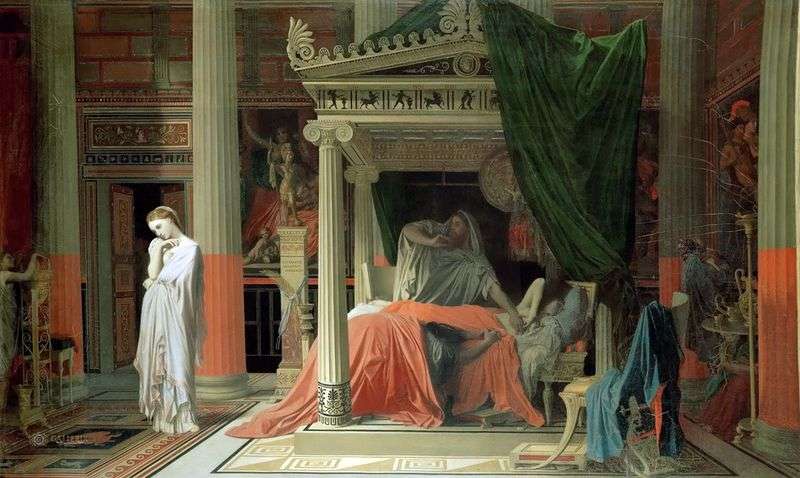 Antiochus and Stratonica by Jean Auguste Dominique Ingres
Antiochus and Stratonica by Jean Auguste Dominique Ingres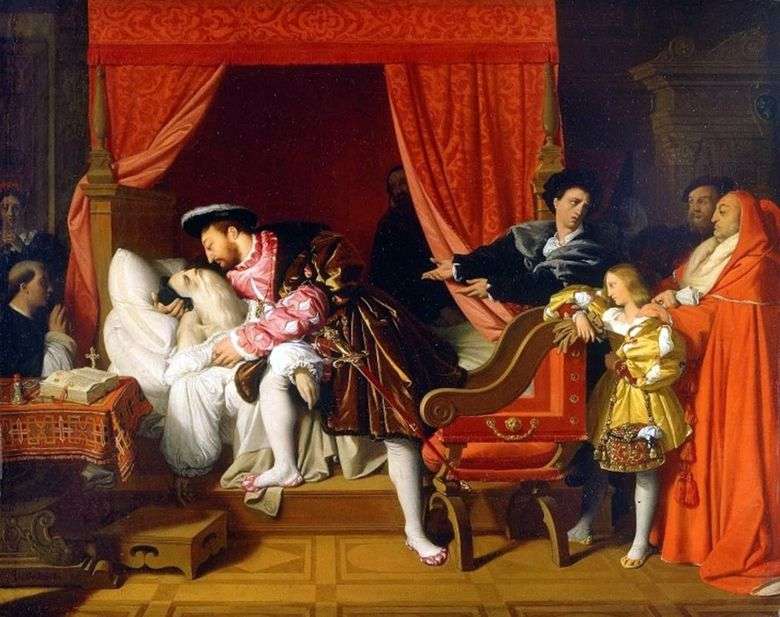 Leonardo muere en los brazos de Francisco I – Jean Auguste Dominique Ingres
Leonardo muere en los brazos de Francisco I – Jean Auguste Dominique Ingres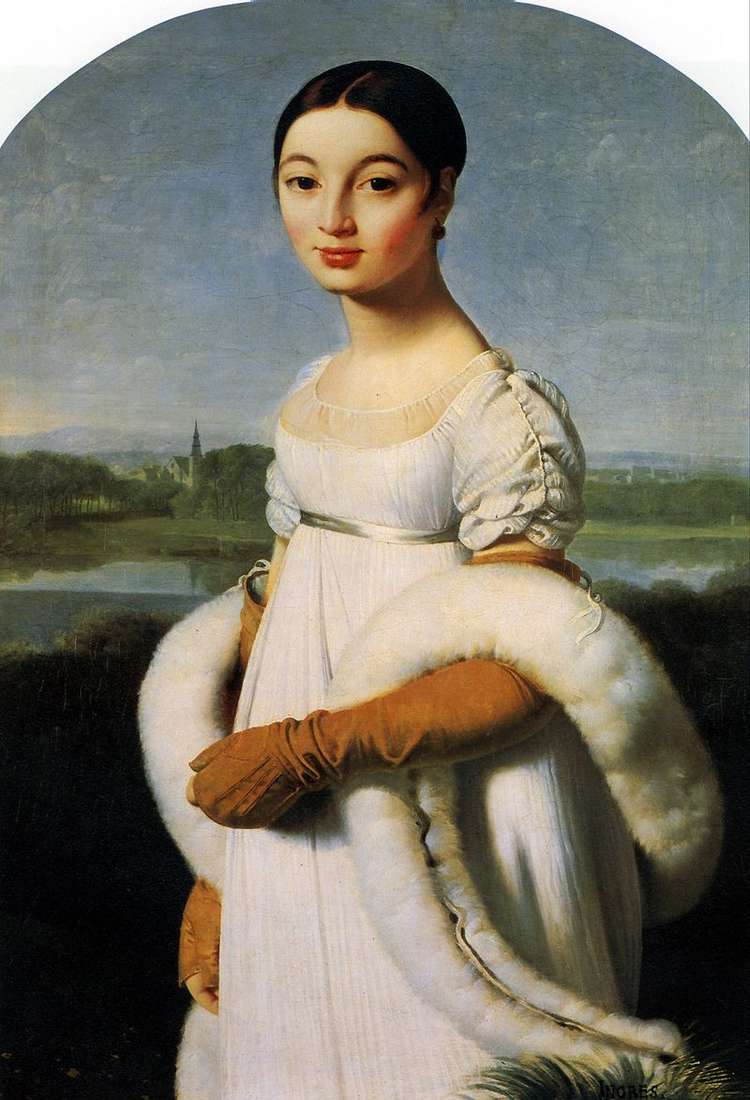 Mademoiselle Caroline Riviere by Jean Auguste Dominique Ingres
Mademoiselle Caroline Riviere by Jean Auguste Dominique Ingres Captivated Angelica by Jean Auguste Dominique Ingres
Captivated Angelica by Jean Auguste Dominique Ingres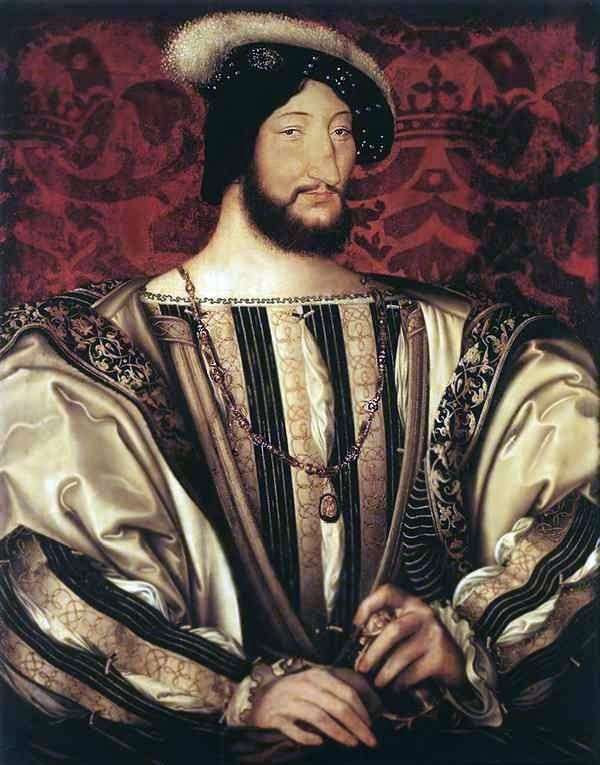 Portrait of Francis I, King of France by Jean Clouet (Jean Clouet)
Portrait of Francis I, King of France by Jean Clouet (Jean Clouet)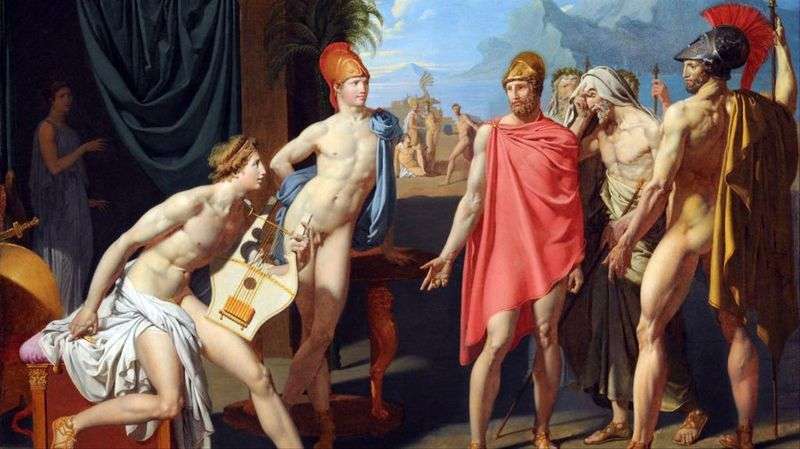 Ambassadors of Agamemnon in the tent of Achilles by Jean Auguste Dominique Ingres
Ambassadors of Agamemnon in the tent of Achilles by Jean Auguste Dominique Ingres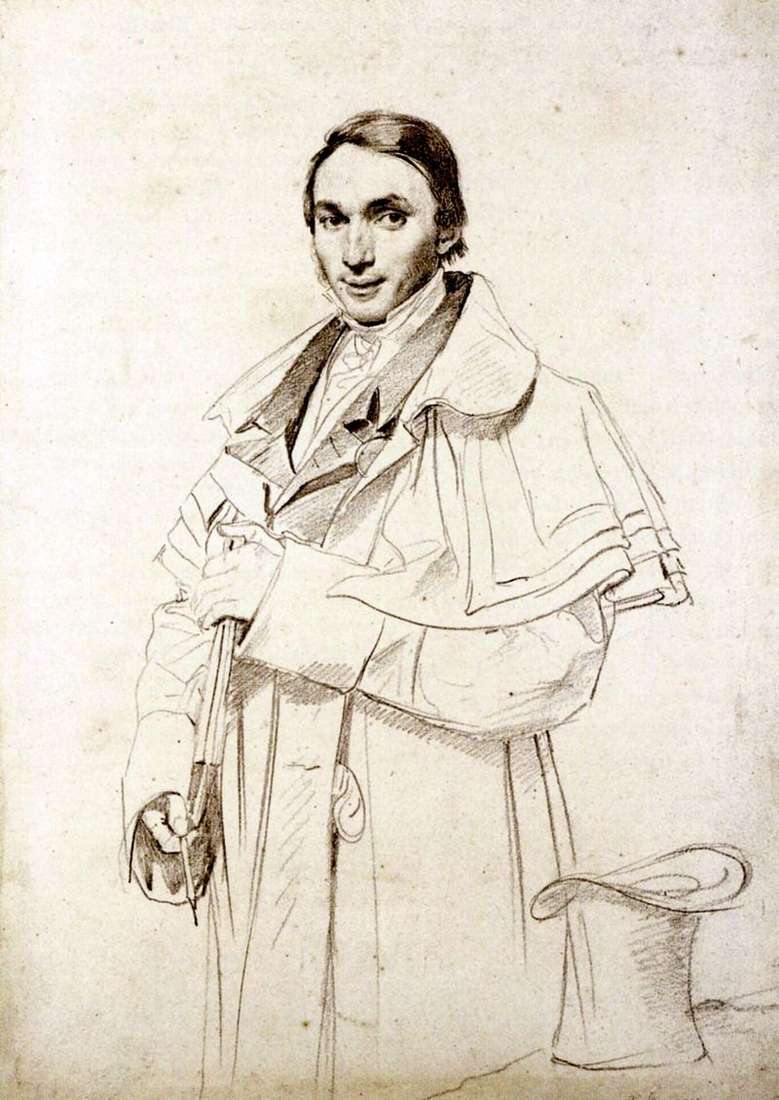 Portrait of Mr. Forest by Jean Auguste Dominique Ingres
Portrait of Mr. Forest by Jean Auguste Dominique Ingres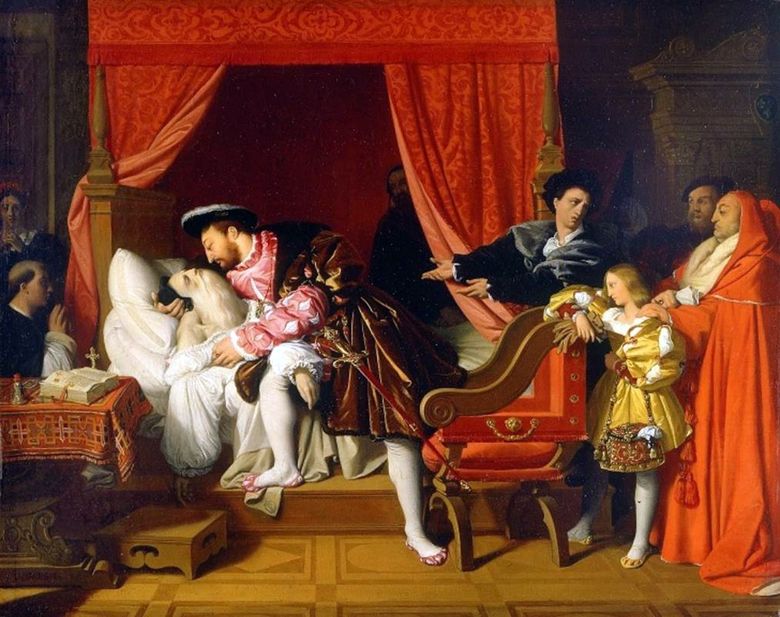 Léonard mourant dans les bras de François Ier – Jean Auguste Dominic Ingres
Léonard mourant dans les bras de François Ier – Jean Auguste Dominic Ingres